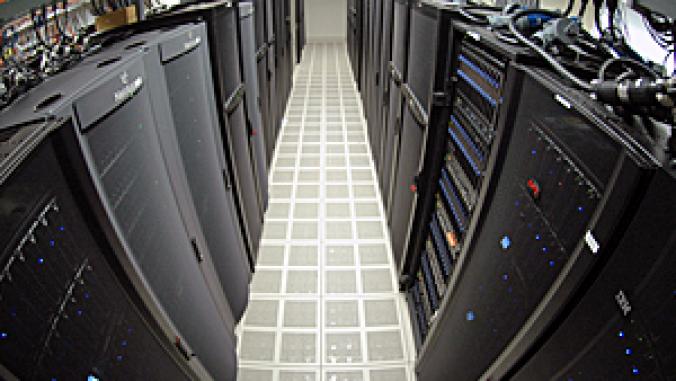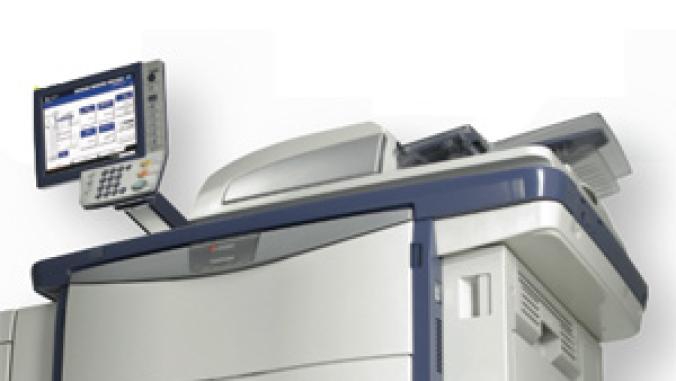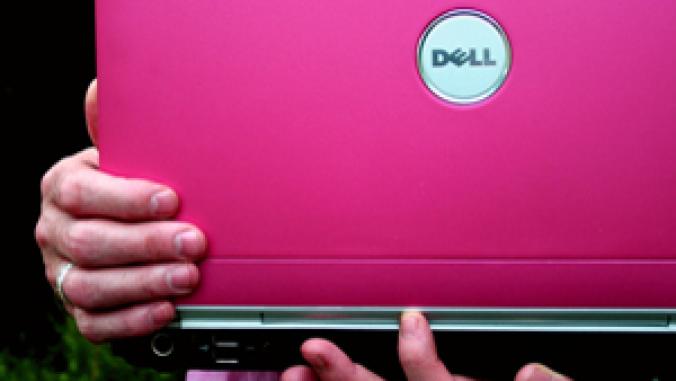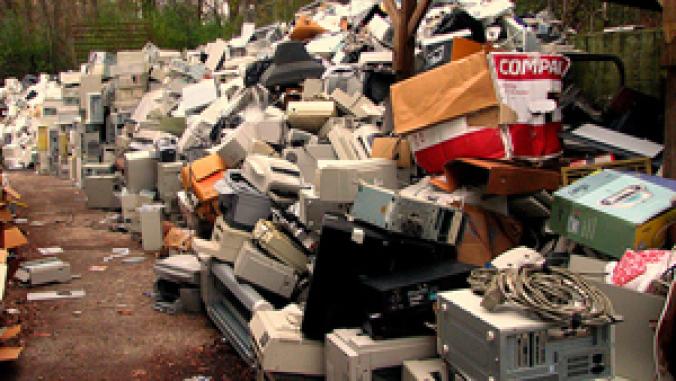Corporate Execs Must Take Charge of Green IT, Report Says
Hiring a C-level 'Energy Czar' position and creating a corporate average data-center efficiency metric are among some of the top-level changes companies should adopt in order to make serious reductions in energy use and greenhouse gas emissions, according to a report released by the Uptime Institute and McKinsey.
Hiring a C-level 'Energy Czar' position and creating a corporate average data-center efficiency metric are among some of the top-level changes companies should adopt in order to make serious reductions in energy use and greenhouse gas emissions, according to a report released by the Uptime Institute and McKinsey.
The report, "Revolutionizing Data Center Energy Efficiency," was unveiled during the Uptime Institute's 2008 Symposium, which focused on Green IT for enterprises.
One of the main recommendations in the new publication is for companies to include the total cost of ownership for all new IT purchases as well as for maintaining existing machines as a way of giving a realistic view of how much tech is costing a company.
"The reason for doing that is to make the CIO accountable for the entire stack of costs, so that he or she will see the benefit of some of the optimizations," Ken Brill, the executive director of the Uptime Institute, explained in a recent interview with GreenerComputing. "Because the costs are split between the two organizations, there's a fair amount of dysfunctional behavior that goes on." Some of this dysfunctional behavior includes running older and highly inefficient servers out of habit. Brill estimates that companies with larger data centers could instantly save 10-30 percent of energy use simply buy turning off machines that are essentially useless.
The report is the result of a year-long collaboration between McKinsey and the Uptime Institute, and aims to wake companies up to both the critical importance of data center energy efficiency, as well as the practical ways to make significant impacts in the triple bottom line by doing so.
McKinsey and Uptime propose the creation of an MPG-like rating system for data center energy efficiency, akin to the Corporate Average Fuel Efficiency standards applied to auto manufacturers by the federal government. By combining the efficiency of IT hardware with the energy use of the facility itself, a new CADE standard (Corporate Average Data Efficiency) would combine two budget items that currently remain largely separate, and serve to mask the true cost of IT.
Watching over these new IT standards will be the Energy Czar, a new C-level position the report's authors urge companies to create. Just as the CSO monitors data security across an organization, this new Energy Czar will monitor the efficiency and performance of a company's entire IT department.
The overarching goal of all these proposals is to boost the value a company gets from its tech department -- energy efficiency as an environmental goal is a secondary consideration that happens to be easy to achieve at the same time as boosting the price-per-watt of data centers.
"[W]e can't compromise business value for energy efficiency," Brill explained. "I think business value has to come first, and then we have to be efficient in how we deliver that value. And I believe that there's so much gold all over the floor that if we just will bend down, bend over and pick that gold up, we can make substantial savings."
The report, "Revolutionizing Data Center Energy Efficiency," was unveiled during the Uptime Institute's 2008 Symposium, which focused on Green IT for enterprises.
One of the main recommendations in the new publication is for companies to include the total cost of ownership for all new IT purchases as well as for maintaining existing machines as a way of giving a realistic view of how much tech is costing a company.
"The reason for doing that is to make the CIO accountable for the entire stack of costs, so that he or she will see the benefit of some of the optimizations," Ken Brill, the executive director of the Uptime Institute, explained in a recent interview with GreenerComputing. "Because the costs are split between the two organizations, there's a fair amount of dysfunctional behavior that goes on." Some of this dysfunctional behavior includes running older and highly inefficient servers out of habit. Brill estimates that companies with larger data centers could instantly save 10-30 percent of energy use simply buy turning off machines that are essentially useless.
The report is the result of a year-long collaboration between McKinsey and the Uptime Institute, and aims to wake companies up to both the critical importance of data center energy efficiency, as well as the practical ways to make significant impacts in the triple bottom line by doing so.
McKinsey and Uptime propose the creation of an MPG-like rating system for data center energy efficiency, akin to the Corporate Average Fuel Efficiency standards applied to auto manufacturers by the federal government. By combining the efficiency of IT hardware with the energy use of the facility itself, a new CADE standard (Corporate Average Data Efficiency) would combine two budget items that currently remain largely separate, and serve to mask the true cost of IT.
Watching over these new IT standards will be the Energy Czar, a new C-level position the report's authors urge companies to create. Just as the CSO monitors data security across an organization, this new Energy Czar will monitor the efficiency and performance of a company's entire IT department.
The overarching goal of all these proposals is to boost the value a company gets from its tech department -- energy efficiency as an environmental goal is a secondary consideration that happens to be easy to achieve at the same time as boosting the price-per-watt of data centers.
"[W]e can't compromise business value for energy efficiency," Brill explained. "I think business value has to come first, and then we have to be efficient in how we deliver that value. And I believe that there's so much gold all over the floor that if we just will bend down, bend over and pick that gold up, we can make substantial savings."




